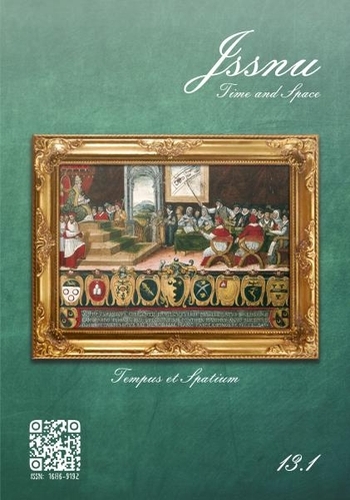The Return of the Haze: An Analysis of Singapore Government’s Behavior Before and After the 2013 Haze Attack
Main Article Content
Abstract
This paper compares and analyses Singapore government’s commitments towards the past haze phenomenon with the haze attack on 2013. In the past, Singapore seemed to be quite willing to tolerate hazy skies and choking smog caused by the haze; but the haze in June 2013 oversees significant change in Singapore’s behavior from being half-hearted to fully commit in resolving the haze issue. There are many approaches to argue the change in government position, but this article argues that the main reason behind the change in Singapore’s behavior is due to the persistent competition between various individuals and groups. This changing dynamics is well-captured by Liberalism school of thought. Though many scholars had looked into the haze issue in Southeast Asia, but only a limited number of studies have focused on states’ behaviour. This paper contributes to the body of knowledge in the studies of Southeast Asia politics as well as to the haze issue, which is the most pertinent issue in Southeast Asia region. This paper does not analyse how this incidence can induce social movement since haze is a periodical phenomenon. Moreover, the nature of this paper does not intend to include policy recommendation to the government because the theoretical framework employed focus more on explaining the interactions of different groups in the society and how it influences state’s behavior.
Downloads
Article Details
References
BBC News. (6 May 2006). Polls close in Singapore election. BBC, Retrieved from http://news.bbc.co.uk/2/hi/asia-pacific/4976938.stm.
Channel Newsasia (18 June 2013). Fast facts of the haze problem since 1997. Channel News Asia, Retrieved from http://www.channelnewsasia.com/news/specialreports/hazewatch/news/haze-fast-facts/714038.html
Chang, L. L., & Rajan, R. S. (2001). Regional versus multilateral solutions to transboundary environmental problems: Insights from the Southeast Asian haze. The World Economy, 24(5): 655-671.
Channel Newsasia (18 June 2013). Fast facts of the haze problem since 1997. (Online). Retrieved from http://www.channelnewsasia.com/news/specialreports/hazewatch/news/haze-fast-facts/714038.html
Cotton, J. (1999). The “haze” over Southeast Asia: Challenging the ASEAN mode of regional engagement. Pacific Affairs, 72(3): 331-351.
Gill, A. & Tan, S.H. (2013). Transboundary Haze: How Might The Singapore Government Minimise Its Occurrence. Lee Kuan Yew School of Public Policy at the National University of Singapore, Retrieved from https://lkyspp.nus.edu.sg/wp-content/uploads/2014/01/Transboundary-Haze.pdf
Karim, M. S. (2008). Future of the haze agreement: Is the glass half empty or half full?. Environmental Policy and Law, 38(6): 328-334.
Lee, P. O. (24 June 2013). No end in sight to haze dilemma. ISEAS Perspective, 2013/39.
Moravcsik, A. (1997). Taking Preferences Seriously: A Liberal Theory of International Politics. International Organisation, 51(4): 513-553.
Nguitragool, P. (2011). Negotiating the haze treaty. Asian Survey, 51(2): 356-378.
Palanissamy, A. (2013). Haze Free Air in Singapore and Malaysia – The Spiritof the Law in South East Asia. International Journal of Education and Research, 1(8), Retrieved from http://www.ijern.com/journal/August-2013/09.pdf
Tacconi, L., Jotzo, F., Grafton, R.Q. (2008). Local causes, regional co-operation and global financing for environmental problems: the case of Southeast Asian Haze pollution. International Environmental Agreements: Politics, Law and Economic, 8 (1): 1-16.
Tan, B. (2005). The norms that weren’t: ASEAN’s shortcomings in dealing with transboundary air pollution. International Environmental Politics, Spring 2005, Retrieved from http://web.stanford.edu/group/journal/cgi-bin/wordpress/wp-content/uploads/2012/09/Tan_SocSci_2005.pdf
Tan, K. T., Lee, K. T., Mohamed, A. R., & Bhatia, S. (2009). Palm oil: Addressing issues and towards sustainable development. Renewable and Sustainable Energy Reviews, 13(2): 420-427.
Varma, A. (2003). The economics of slash and burn: A case study of the 1997–1998 Indonesian forest fires, Ecological Economics, 46(1): 159–171.
Varkkey H. (2012). Patronage Politics as a Driver of Economic Regionalisation: The Indonesian Oil Palm Sector and Transboundary Haze. Asia Pacific Viewpoint, 53(3): 314-329.


